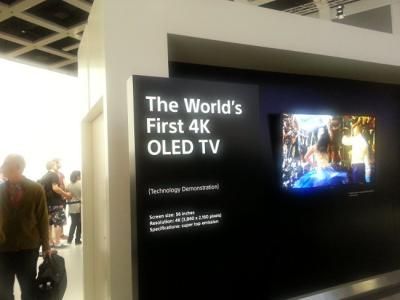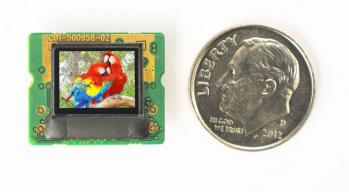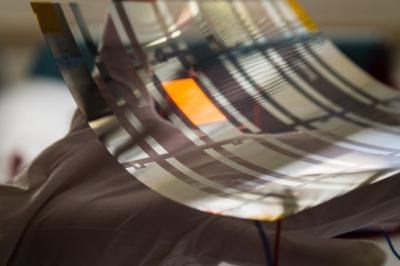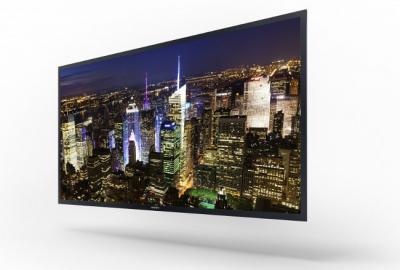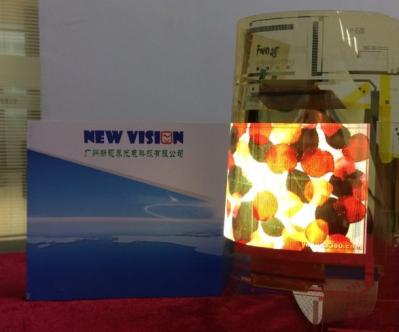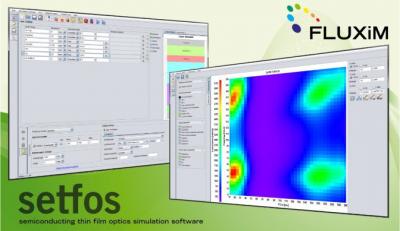Nanomarkets sees the OLED lighting market reaching $1.4 billion in 2019
Nanomarkets released a new OLED lighting report (OLED Lighting Markets 2014) in which they predict that the OLED lighting market will grow into a $1.4 billion market in 2019. Nanomarkets are now more optimistic regarding OLED lighting due to recent manufacturing expansion and improvement in performance.
While currently most of the OLED lighting panels produced was used in development kits for designers, in the next few years Nanomarkets predicts that real commercial OLED luminaries will start to appear. In 2019, revenues from OLED luminaries for homes will reach almost $400 million and office luminaries will reach almost $380 million.


